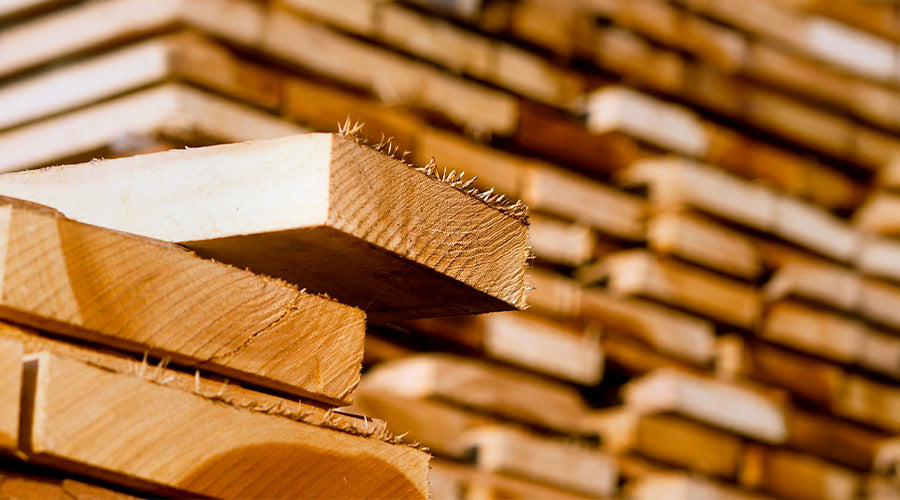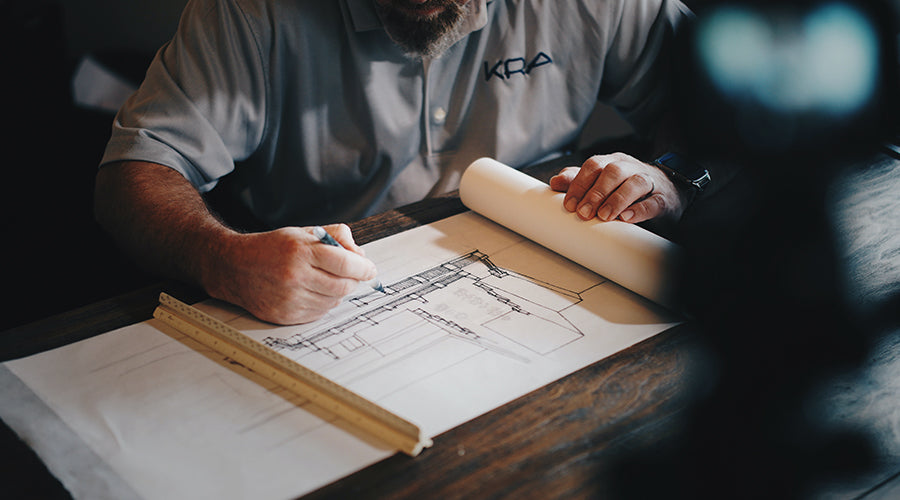
Damp-Proof Membranes
Effective protection against moisture and damp
A damp proof membrane (DPM) is a critical component in modern construction, acting as a barrier against rising and penetrating damp. Whether used in walls, floors, or foundations, a damp proofing membrane helps protect timber structures, insulation, and concrete from moisture-related damage.
Timber buildings are particularly susceptible to damp, which can lead to rot, mould growth, and structural deterioration. A properly installed damp proof membrane for walls or damp proof membrane for floors ensures that moisture is effectively controlled, reducing the risk of long-term issues.
By choosing the right damp proofing membrane, builders can significantly improve building longevity, insulation performance, and overall structural integrity. Discover our damp-proof membranes today.
No products found
Use fewer filters or remove all
How do damp proof membranes work?
A damp proof membrane (DPM) is designed to prevent moisture from rising or penetrating into the structure by forming an impermeable barrier. These membranes are typically made from polyethylene (plastic), bitumen, or other waterproof materials that block the passage of water.
Types of damp proof membranes:
- Damp proof membrane for floors – installed beneath concrete floors to prevent moisture rising from the ground into the building.
- Damp proof membrane for walls – applied to internal or external walls to stop moisture penetration, particularly in basements and below-ground structures.
- Liquid-applied damp proofing membrane – used for irregular surfaces or retrofitting applications where a sheet membrane is impractical.
DPMs are essential for timber-frame constructions, concrete flooring, and wall insulation systems, ensuring that moisture does not compromise the integrity of the building.
What are the benefits of damp proof membranes?
- Prevents rising damp - A damp proof membrane blocks moisture from travelling upwards through porous materials like concrete or brick, preventing damp-related issues in floors and walls.
- Protects structural integrity - Moisture can weaken timber and concrete over time, leading to deterioration. A damp proofing membrane helps maintain the stability and longevity of the building.
- Reduces the risk of mould and mildew - Damp environments encourage mould growth, which can cause health issues and damage surfaces. A DPM keeps indoor spaces dry and free from harmful mould spores.
- Improves insulation performance - Wet insulation loses its effectiveness. A damp proof membrane helps keep insulation materials dry, ensuring optimal thermal efficiency in walls and floors.
- Prevents damage to floor coverings - Timber flooring, carpets, and other floor coverings can suffer from warping, bubbling, or deterioration due to moisture. A damp proof membrane for floors prevents this by keeping moisture out.
What to consider when choosing a damp proof membrane?
Application type
- Concrete floors – use a thick polyethylene (plastic) sheet to prevent rising damp.
- Walls – choose a breathable damp proof membrane if moisture needs to escape while blocking external damp.
- Basements and below-ground – use a high-performance waterproof DPM designed for full moisture resistance.
Thickness and material
- Standard DPM thickness ranges from 500 to 1200 gauge.
- Thicker membranes provide better moisture resistance, particularly in high-risk areas like basements.
Compatibility with flooring and wall finishes
- Ensure the damp proof membrane is compatible with concrete, timber flooring, or plasterboard to avoid installation issues.
Durability and resistance
- UV resistance may be needed for external wall applications.
- Chemical resistance is crucial if used in industrial settings or damp-prone environments.
Is damp proof membrane waterproof?
Yes, a damp proof membrane is waterproof in the sense that it blocks water penetration. However, its primary function is to prevent moisture from rising through floors or seeping into walls, rather than acting as a fully waterproof system for external surfaces.
For complete waterproofing, a damp proof membrane may need to be combined with additional waterproofing layers, such as liquid waterproof coatings or tanking systems, especially in high-moisture environments like basements.
Can you use a damp proof membrane as a vapour barrier?
While damp proof membranes and vapour barriers both prevent moisture movement, they are not always interchangeable.
- Damp proof membranes (DPMs) block liquid moisture from rising or penetrating through floors and walls.
- Vapour barriers control the movement of water vapour to reduce condensation buildup within insulation and wall cavities.
In some cases, a DPM can function as a vapour barrier, but the suitability depends on the building’s ventilation needs. Using a non-breathable DPM in areas requiring vapour control could lead to trapped moisture and condensation issues.
How to install a damp proof membrane?
Installing a damp proof membrane on a concrete floor:
- Prepare the surface - Ensure the floor is level, dry, and free from debris. Repair any cracks or uneven areas before laying the damp proof membrane for concrete floors.
- Lay the membrane - Roll out the DPM sheet, ensuring it extends up the walls by at least 100mm to create a continuous barrier. Overlap sheets by at least 150mm and seal joints with waterproof tape or adhesive.
- Secure the edges - Fix the membrane in place using adhesive or battens, depending on the flooring type.
- Apply flooring - Once the DPM is fully sealed, install insulation, screed, or flooring on top.
Installing a damp proof membrane on walls
- Prepare the wall surface - Remove any loose plaster, dust, or debris. If applying over an existing damp wall, consider using liquid DPM for better adhesion.
- Attach the membrane - Fix the damp proof membrane for walls using masonry plugs or battens, ensuring full coverage. Overlap sheets by at least 100mm and seal joints with waterproof tape.
- Apply finishing layers - Once secured, install plasterboard, insulation, or wall cladding over the DPM to complete the wall system.
A damp proof membrane is a vital component in timber and concrete buildings, preventing rising damp, moisture penetration, and insulation damage. Whether used as a damp proof membrane for floors or a damp proof membrane for walls, these protective layers ensure that moisture does not compromise the structural integrity and energy efficiency of a building.
By selecting the right damp proofing membrane and ensuring correct installation, timber buildings remain dry, durable, and well-protected against damp-related issues for decades to come.
Timber build advice:
-

How to soundproof a timber house?
Find out how -

How to connect timber to…..?
Find out how -

How to fix timber build noise issues?
Find out how
Need advice on your timber project?
Our team of experts are ready to assist you with any questions or guidance you may need for your timber construction. Whenever you're ready to delve deeper into the possibilities, feel free to reach out to us.



